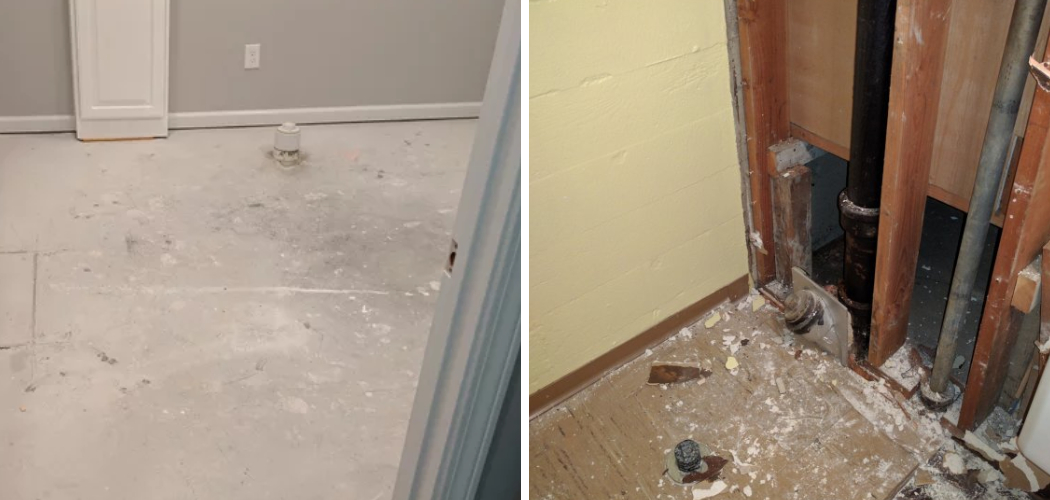Are you wondering how to hide a sewer cleanout in your basement? If so, you’re not alone! Many homeowners want to disguise the presence of their sewer cleanouts as they detract from the ambiance and décor of any living space. But fear not – there are plenty of options available for hiding those unsightly pipes while simultaneously keeping them easily accessible.
In this post, we’ll explore different methods on how to hide sewer cleanout in basement and what materials are best suited depending on your individual needs. No matter where your pipes need to be concealed– behind drywall, under the stairs, or around shelves– with a few DIY tools and tricks up your sleeve, you can have that freshly renovated look without breaking the bank!
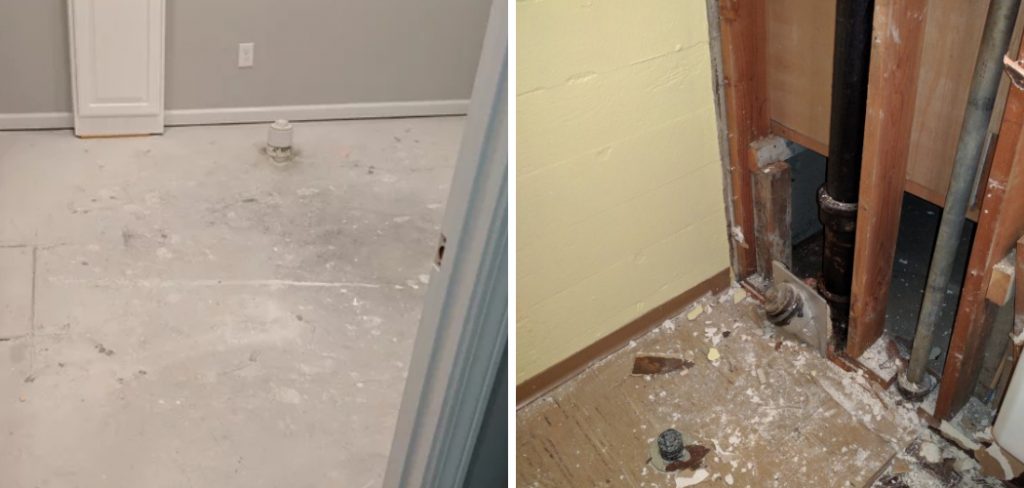
Where Should I Put the Cleanout?
If your basement is unfinished, consider hiding the cleanout in a corner near the back wall. If you have finished walls and floors, try to choose a spot that won’t be too noticeable. Avoid putting it near doorways or high-traffic areas where people may trip over it or notice its presence.
Once you have decided on an appropriate location, install the cleanout. Cleanouts are typically made of metal or plastic and come with instructions for installation. Make sure to seal any openings around the cleanout to ensure no water will leak through. You may also want to use waterproofing paint over the top of it to further protect it from damage.
Once your cleanout is installed, you will want to make sure it is kept out of view. You can easily do this by covering it with a rug or other floor covering that matches the surrounding area. If your basement is finished, you can use paint or wallpaper to cover up the cleanout. You can also hide the cleanout behind a piece of furniture, such as a bookcase or armoire. Make sure to check that the furniture is securely attached so it won’t move and reveal the cleanout.
8 Methods How to Hide Sewer Cleanout in Basement
1. Install a False Wall
If you are looking for a more permanent solution, then installing a false wall over your sewer cleanout can provide an effective way to hide it. This is done by cutting out some plywood or MDF to match the existing walls in your basement and then attaching it with screws or nails. You can then paint or stain the wall and add whatever other details you want.
Be sure that the wall is securely attached so that it does not shift or move in the future. Additionally, the wall should be a few inches away from the cleanout so that you can still access it if needed. This is an effective way to provide a permanent solution for hiding your sewer cleanout while also adding some extra storage space in your basement.
2. Build a Cabinet Around It
Another way to hide your sewer cleanout is to build a cabinet around it. This can be done by cutting out some plywood or MDF to the desired size and shape and then attaching it to the studs in your basement with screws or nails. You can then paint or stain the cabinet and add some doors and handles if desired.
Make sure that the cabinet is securely attached to the wall and that it will not shift or move in any way. This can be a great option for hiding your sewer cleanout and can even provide extra storage space in the basement.
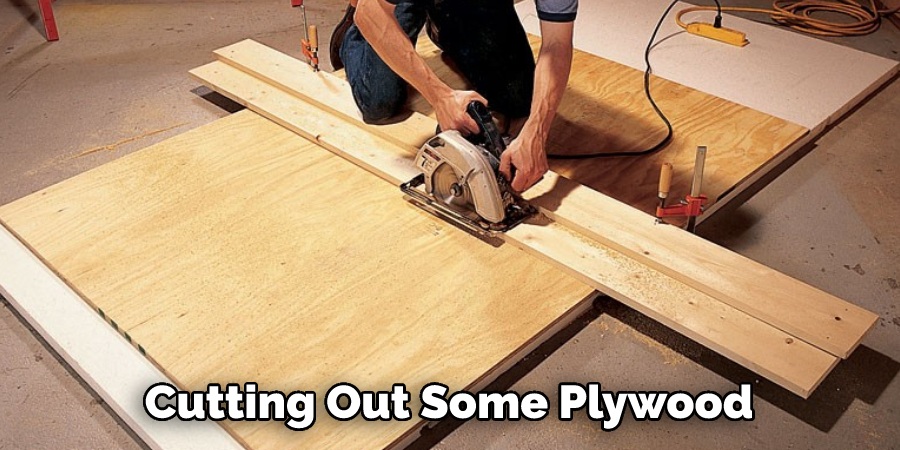
3. Cover It with a Rug
If you have a small sewer cleanout, you may be able to simply cover it with a rug. This will not only hide the cleanout but will also help to protect it from getting damaged. Just be sure that the rug is secured so that it does not slip or move when someone steps on it. If the cleanout is too large to be covered by a rug, you may want to opt for another solution.
If you have a rug that is large enough, you can also place a piece of wood or other material over the cleanout and then lay the rug on top of it. This will provide the same level of protection and concealment as a standard rug covering.
4. Hang a Tapestry Over It
Another way to cover up a sewer cleanout is to hang a tapestry over it. This can be done by attaching hooks to the top of the tapestry and then hanging them from the ceiling or another structure above the cleanout. Be sure that the tapestry is secure so that it does not fall and damage the cleanout. Consider using a heavy-duty fabric for the tapestry and make sure that it is tightly secured to avoid any possible accidents.
Additionally, you may wish to consider the material for the tapestry depending on the type of cleanout that you have. Some materials may not be able to withstand certain types of sewer water and may not be able to keep the smell from coming through.

5. Place Furniture in Front of It
If you have large pieces of furniture in your basement, you may be able to simply place them in front of the sewer cleanout. This will not only hide the cleanout but will also help to protect it from getting damaged. Just be sure that the furniture is not too close to the cleanout so that you can still access it if needed. Although this is a great way to hide the cleanout, it may not be ideal if you are trying to maximize the usable space in your basement.
6. Install Shelves around It
Another way to hide your sewer cleanout is to install shelves around it. This can be done by attaching some brackets to the studs in your basement and then attaching shelves to the brackets. You can then paint or stain the shelves and add whatever items you want on them. This will help to conceal the sewer cleanout, as well as additional storage space to your basement. This is a great way to make use of otherwise wasted space. Just make sure to measure carefully and secure the shelves well, so they don’t come loose over time.
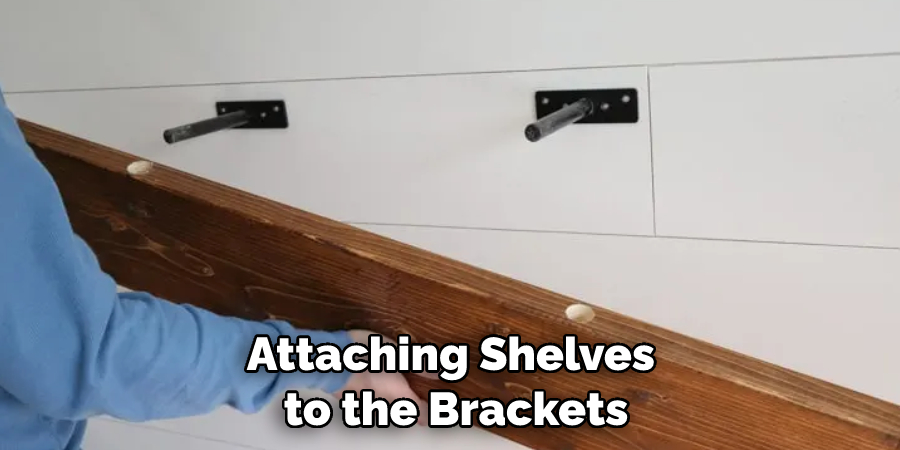
7. Hang Curtains Over It
If you have a window near your sewer cleanout, you may be able to simply hang curtains over it. This will not only hide the cleanout but will also help to keep sunlight from coming into contact with it, which can cause damage over time. Just be sure that the curtains are securely attached so that they do not fall and damage the cleanout.
Additionally, you may want to consider the material of the curtains depending on the type of cleanout that you have. Some materials may not be able to withstand certain types of sewer water and may not be able to keep the smell from coming through.
8. Install a False Wall
If you are looking for a more permanent solution, then installing a false wall over your sewer cleanout can provide an effective way to hide it. This is done by cutting out some plywood or MDF to match the existing walls in your basement and then attaching it with screws or nails. You can then paint or stain the wall and add whatever other details you want.
Be sure that the wall is securely attached so that it does not shift or move in the future. Additionally, the wall should be a few inches away from the cleanout so that you can still access it if needed. This is an effective way to provide a permanent solution for hiding your sewer cleanout while also adding some extra storage space in your basement.
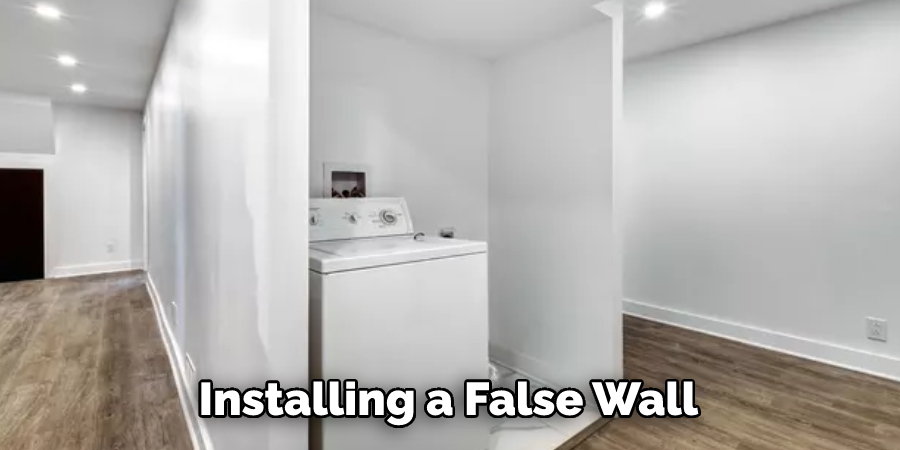
With these solutions, you can easily hide your sewer cleanout and keep it out of sight and mind. Be sure to consider the various options before deciding on which one is best for your particular situation. Remember to always take safety precautions when working around sewers, as they can contain dangerous gasses or bacteria that may be hazardous to your health. And lastly, check with local codes and regulations before covering up or modifying any part of your sewer system.
Conclusion
There you have it! Eight different ways that you can hide your sewer cleanout in the basement so that it is not an eyesore. Keep in mind that even though these are some great methods for hiding your sewer cleanout, you still want to make sure that it is easily accessible in case of an emergency. There are few places more hidden in a home than the sewer cleanout. But that doesn’t mean it can’t be both easily accessible and discreet. By following these simple tips on how to hide sewer cleanout in basement, you can make sure your basement’s sewer cleanout is both functional and inconspicuous.
You Can Check It Out to Replace Sewer Pipe in The Basement

